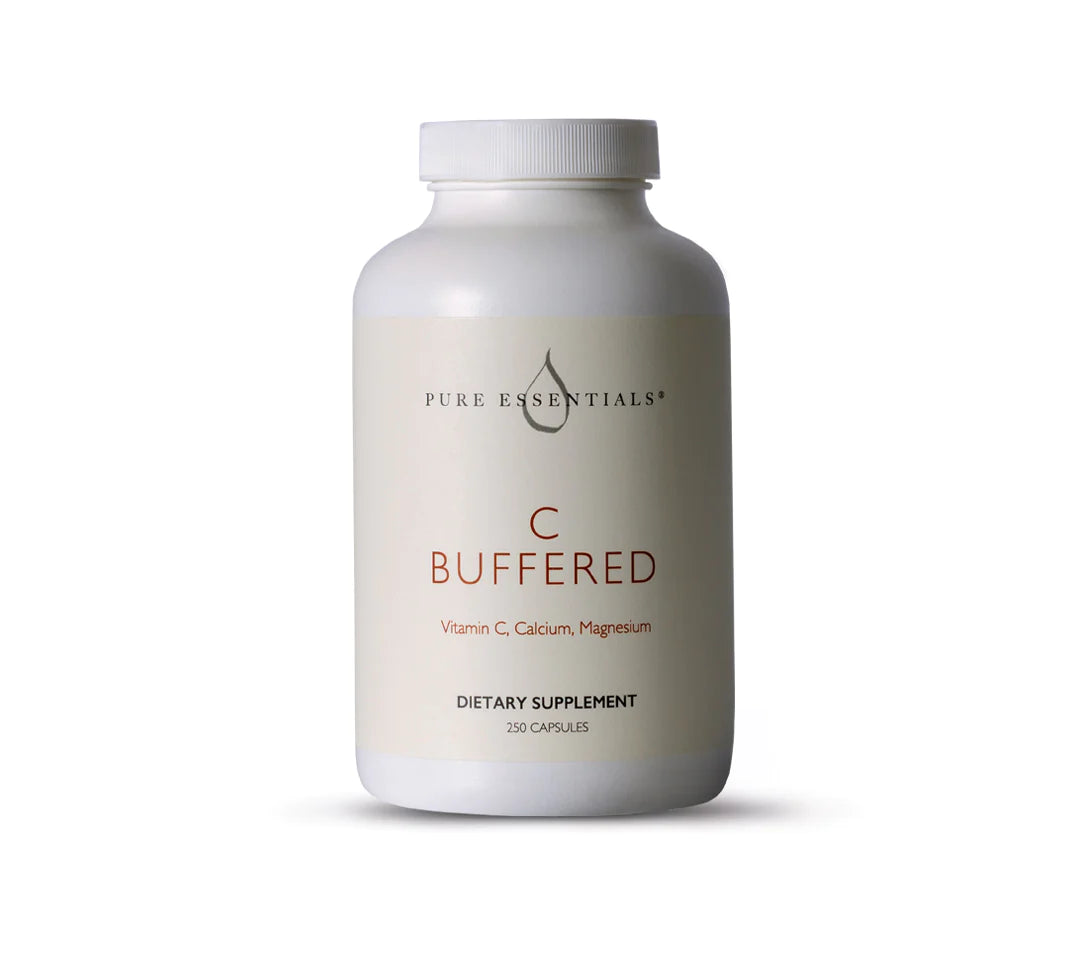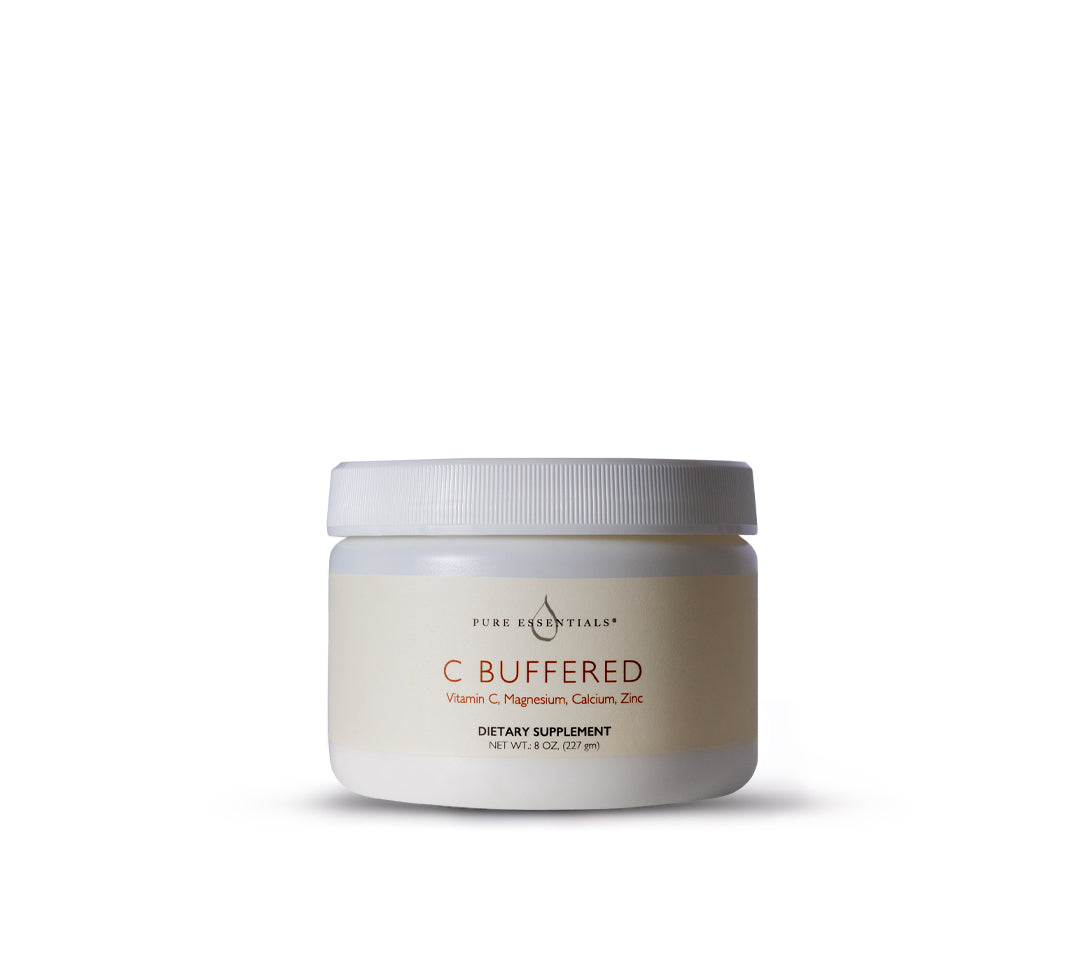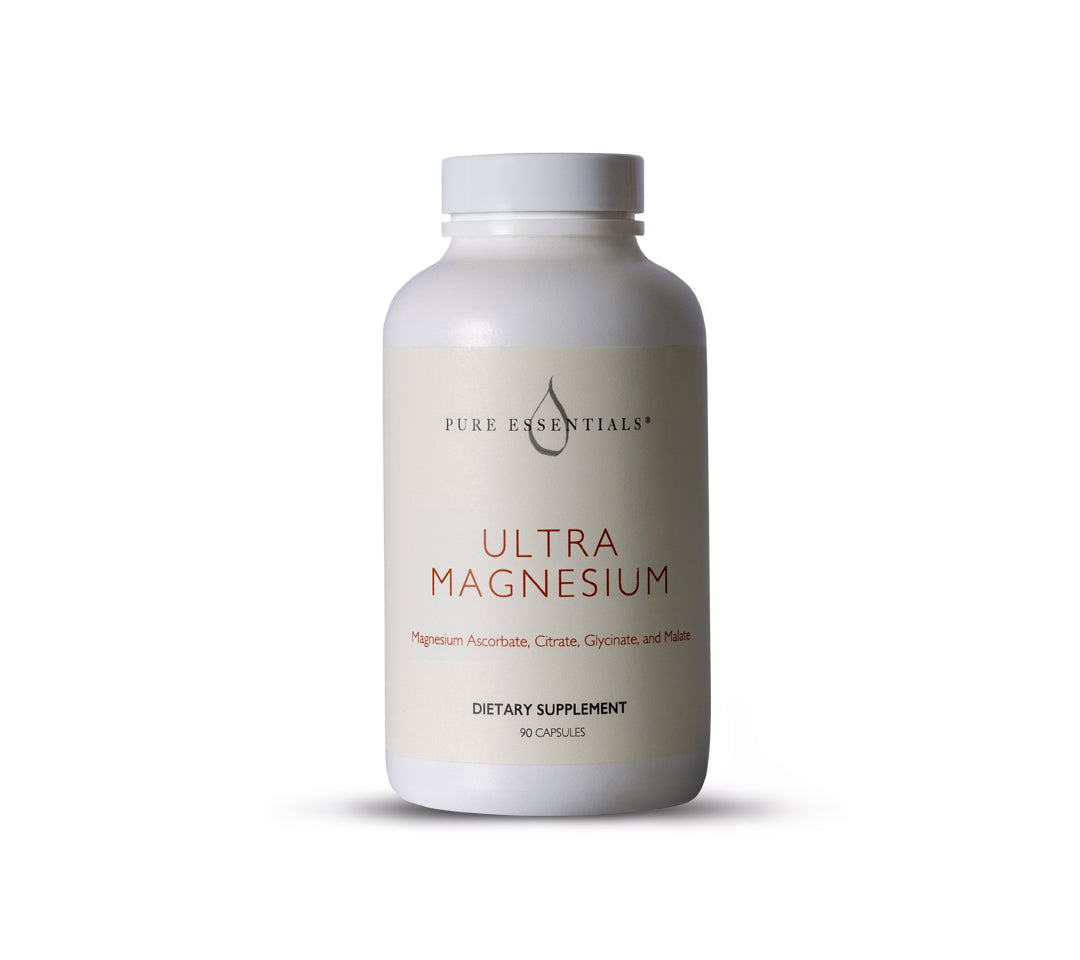This is part 1 of a 6-part series about supplement ingredients, common industry practices, and how to both educate and protect yourself as a consumer.
Imagine browsing through your latest supplements purchase, trying to decipher the ingredients list. You've heard about the importance of reading labels, but with all those scientific terms, trademarked proprietary mystery compounds and unpronounceable ingredients, it's not easy.
If you read those long labels and aren’t certain you understand exactly what you’re taking, you’re not alone.
Many people face this same challenge, struggling to make sense of what's really in their supplements. This confusion can make it hard to choose the right products and ensure you're getting safe, effective supplements.
So, let’s break down the complexities of supplement labels and give you the tools you need to make informed choices.
The Complexity of Supplement Labels
Supplement labels can be complex, with a myriad of ingredients and terms that aren't well-recognized or understood.
One of the biggest challenges is the lack of standardization in the supplement industry. There’s inconsistency in how ingredients are listed or the terminology used, putting the consumer at a disadvantage.
For example, an ingredient might be listed by its scientific name, common name, or by a unique brand name, making it difficult to recognize.
Terms like "natural" and "organic" can be misleading, as they are not always regulated and may not mean what you think, or in some cases, even be true.
Another issue is the use of proprietary blends. Some manufacturers use trademarked names that represent a combination of several or many ingredients. That can be a way for a brand to avoid disclosing specific ingredients or amounts of blended compounds that might come under some scrutiny.
Proprietary blends are often marketed to protect a company's unique formula, but they can also hide lower-quality ingredients or insufficient dosages. The lack of transparency makes it hard to know exactly what you're consuming and whether you're getting effective doses of the active ingredients.
And THAT’S why this is all so important.
You buy supplements expecting a desired effect - trusting that the product will benefit your health or address unwanted symptoms.
Labels that fall short of full transparency rob you of important information about the potency and safety of the products you’re putting in your body.The Complexity of Supplement Labels
Additives, Preservatives & Fillers
Supplement labels often include additives, preservatives, and fillers that may not be immediately recognizable. These ingredients, while sometimes necessary for product stability or manufacturing, can be associated with potential health implications. Without clear information, it’s hard to assess the quality and safety of the supplement.
We can also face the challenge of interpreting health claims made on supplement labels. Phrases like "supports immune health" or "boosts energy" are often used, but they're not always backed by rigorous scientific evidence.
Overall, the combination of scientific jargon, proprietary blends, unregulated terms, and ambiguous health claims contributes to the complexity of supplement labels, making it that more important for consumers to be well-informed and vigilant.
When you're trying to choose the best supplements, encountering terms like "proprietary blend," "natural," and "organic" can add to the confusion. These terms often seem reassuring, but they can be misleading due to a lack of strict regulation.
Proprietary Blend
"Proprietary blend" is a term manufacturers use to list a combination of ingredients without revealing the specific amounts of each. This practice allows companies to protect their unique formulas, but it also means you don't know how much of each ingredient you're consuming.
This lack of transparency can be problematic, especially if the blend includes active ingredients that need to be taken in specific amounts to be effective. For example, a proprietary blend might list several beneficial herbs, but if the quantities are too low, they may not provide the desired health benefits.
Natural
The term "natural" can be particularly misleading because it's not closely regulated. It might suggest that a supplement is free from synthetic additives or that it’s made from whole foods, but that isn't always the case. For example, "natural" flavors and colors can still be heavily processed and may be paired with other substances derived from synthetic sources.
📌Just because something is labeled as natural doesn't necessarily mean it's healthier or safer.
Organic
"Organic" is another term that can be confusing. While organic certification does have specific standards, including the avoidance of synthetic pesticides and fertilizers, it doesn't guarantee that a product is free from harmful additives. Is the entire product organic? Or only a portion?
Some brands have been known to use the term "organic" loosely, applying it to ingredients that make up only a small part of the product, rather than the product as a whole. It's important to look for reputable organic certifications to ensure the product meets stringent organic standards by consumer-minded organizations you can trust.
Non-GMO
Non-GMO labels indicate that the product does not contain genetically modified organisms. While this can be a positive feature for those looking to avoid GMOs, it does not alone speak to the potency or safety of the supplement. Non-GMO supplements can still contain harmful additives and fillers, so it's essential to review the entire ingredient list and not rely solely on a non-GMO claim.
These different terms make supplements seem more appealing, more easily sold in the consumer marketplace. Regulation and monitoring is limited, allowing some brands to cloud the delivery on their promises of natural, organic, or non-GMO. Being aware of these potential pitfalls can help you make more informed decisions when choosing supplements.
Real Consequences Of Misreading Supplement Labels
Misunderstanding supplement labels can have serious consequences. Consider the cases where people unknowingly took supplements containing high levels of heavy metals or harmful additives. There have been lawsuits and settlements over instances of unsafe products. Trusting consumers experienced a range of health issues, from mild allergic reactions to severe gastrointestinal distress and even long-term health conditions like cancer.
One notable example is the controversy surrounding the use of heavy metals in protein powders. A study by the Clean Label Project found that many popular protein powders contained significant amounts of lead, arsenic, cadmium, and mercury. Consumers who relied on these products for their daily protein intake unknowingly exposed themselves to these toxic elements, which can cause severe health problems over time.
Another case involves the use of the additive DMAA (1,3-dimethylamylamine) in dietary supplements. Marketed as a performance enhancer and weight loss aid, DMAA was linked to several cases of severe adverse reactions, including heart attacks, strokes, and even death. Despite being banned by the FDA, some manufacturers continued to use it, highlighting the importance of thoroughly understanding supplement labels and the ingredients they list.
Misinterpreting labels or trusting misleading terms can lead to serious health risks, emphasizing the importance of being able to decode supplement labels effectively.
How To Read & Understand Supplement Labels
Decoding supplement labels can feel like a daunting task, but with a systematic approach, it becomes much more manageable. Here's a step-by-step guide to help you understand what you're putting into your body.
Step 1: Check The Supplement Fact Panel
The Supplement Facts panel is where you'll find the most important information about what the supplement contains. Look for the list of active ingredients, their amounts per serving, and the percentage of the daily value (%DV). This section will help you understand the primary components of the supplement and whether they meet your nutritional needs.
Step 2: Understanding The Serving Size
Serving size is crucial because all the nutritional information is based on this amount. Be aware that some supplements might require multiple servings per day. Adjust your intake accordingly. Understanding the serving size helps ensure you're taking the correct dose for optimal benefits.
Step 3: Indentify The Active Ingredients
Active ingredients are those that provide the intended health benefits. They are usually listed at the top of the Supplement Facts Panel. For example, in a multivitamin, you might see vitamins A, C, D, and E, along with minerals like calcium and magnesium. Ensure the ingredients listed align with your health goals and recommended daily allowances.
Step 4: Look For Excipients & Other Ingredients
Excipients, also known as inactive ingredients, are substances used to manufacture the supplement but do not provide any nutritional benefits. These can include fillers, binders, preservatives, and colorings. Common excipients include magnesium stearate, silicon dioxide, and gelatin. While many excipients are safe, some can cause adverse reactions in sensitive individuals, so it’s important to be aware of them.
Step 5: Recognize Key Certifications & Seals
Certifications from reputable third-party organizations can provide additional assurance of a supplement’s quality and safety. Look for seals such as USP Verified, NSF International, and GMP (Good Manufacturing Practices). These certifications indicate that the product has been independently tested for purity, potency, and quality.
Step 6: Be Wary Of Misleading Terms
As discussed earlier, terms like "proprietary blend," "natural," and "organic" can be misleading. Understand that "proprietary blend" means the specific amounts of each ingredient are not disclosed, which can mask ineffective dosages. "Natural" and "organic" labels do not always guarantee the absence of harmful additives, so always check the full ingredient list.
Step 7: Research The Manufacturer
A trustworthy manufacturer will be transparent about their sourcing, production methods, and quality control processes. Look for contact information on the label and visit the company’s website to learn more about their practices. Reviews and third-party evaluations can also provide insights into the brand's reliability.
By following these steps, you can make informed decisions about the supplements you choose, ensuring they are safe and effective for your health needs.









